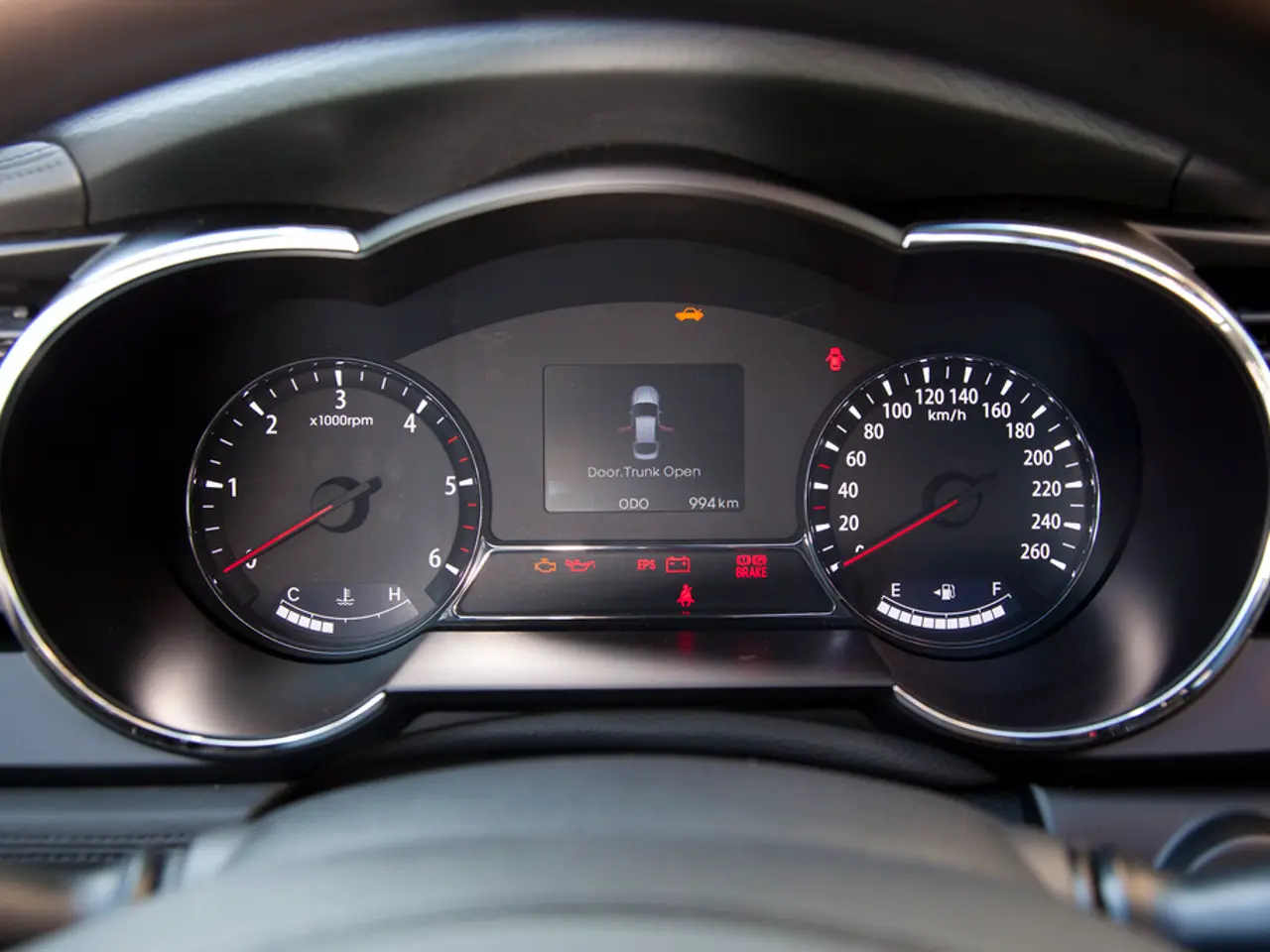Comparing Leak-Down Tests and Compression Tests: Crucial Understandings for Future Technologies at ATC Surrey
At ATC Surrey, auto mechanic students are given the opportunity to work with real tools and gain hands-on experience in the auto mechanic program. A crucial part of this training involves learning the art of diagnostics, as it's where technicians truly build their value.
One of the key diagnostic techniques emphasized at ATC Surrey is compression testing. This method is used to check the pressure buildup in a car's engine cylinders during cranking. By measuring the pressure generated in each cylinder during the compression stroke, issues such as worn piston rings, damaged valves, or head gasket failures can be identified. Low pressure in one or more cylinders during a compression test indicates a potential problem that needs to be addressed.
When low pressure is detected during a compression test, a leak-down test comes into play. This test is like a stethoscope for an engine, allowing for the diagnosis of exactly where the pressure is going. During a leak-down test, air is pressurized in the affected cylinder, and the escape of air is listened for to diagnose the issue, whether it's bad intake valves, exhaust valve trouble, or damaged piston rings.
The skills learned at ATC Surrey extend beyond compression and leak-down testing. These diagnostic processes are just the beginning of a technician's problem-solving journey. Students will also learn to read cylinder pressure, run diagnostic tests, and interpret engine data.
The job of an auto mechanic is diverse, with each car and issue being unique. However, the skills learned at ATC Surrey will be used repeatedly on the job. Solving issues as an auto mechanic can be satisfying and rewarding, especially when you're able to get a car running smoothly again.
ATC Surrey's automotive training program aims to help students build their future, one skill at a time. It's more than just learning to "fix stuff"; it's about learning how to think like a technician. By mastering compression testing and leak-down testing, students are well-equipped to evaluate engine condition, identify failure causes, prevent misfires, and improve engine performance and fuel efficiency. These foundational skills are crucial for performing effective repairs and maintenance in various automotive service contexts.
[1] Compression Testing Explained
[2] What is a Leak-Down Test and Why is it Important?
[3] How to Perform a Compression Test
[4] Understanding Leak-Down Test Results
[1] Data-and-cloud-computing can be used to optimize ATC Surrey's automotive training program by providing students with online resources for self-paced learning, video tutorials, and practice tests in education-and-self-development. This technology-based approach can enhance personal-growth and career-development by giving students the opportunity to supplement their hands-on training with additional learning materials, fostering a comprehensive understanding of automotive diagnostics and mechanics.
[2] During their career-development journey, a well-versed auto mechanic may encounter situations where advanced technology and skills-training are essential, such as implementing racing-related auto-racing systems, like telemetry data, to enhance vehicle performance in grand-prix events. Such a focus on racing technology can lead to exciting opportunities and possibilities within the field of automotive engineering.
[3] Besides compression and leak-down testing, additional diagnostic processes a technician might encounter in their career-development include cylinder pressure checks, valve-lift analysis, and Four-stroke engine combustion sequence analysis. Understanding these varied diagnostics plays a crucial role in the consistent learning, problem-solving, and development of an auto mechanic.
[4] Remember that the art of diagnostics at ATC Surrey isn't limited to the auto mechanic field; the skills gained in data interpretation and analytical problem-solving are readily transferable to other fields such as data-and-cloud-computing, sports, and even business management. For instance, techniques like compression testing and leak-down testing can be likened to analysis methods used in sports to identify areas for improvement, ensuring peak performance for teams and individual athletes.




